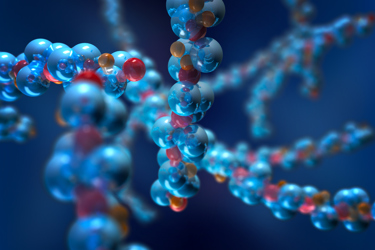Leveraging Surface Plasmon Resonance For Characterizing Ternary Complexes

Surface Plasmon Resonance (SPR) is a powerful, label-free technique that enables real-time analysis of biomolecular interactions by detecting changes in refractive index near a sensor surface. This technology allows detailed kinetic and affinity profiling for interactions ranging from small molecules to complex assemblies. SPR is particularly valuable in the development of heterobifunctional degraders such as PROTACs (Proteolysis Targeting Chimeras), which function by simultaneously binding a target protein and an E3 ligase to form a ternary complex, leading to targeted protein degradation via the ubiquitin-proteasome pathway. Studying such complexes poses significant challenges due to the complexity of multiple interacting partners.
While traditional assays like FP, TR-FRET, and AlphaLISA can assess ternary complex formation, they require labeling and lack kinetic resolution. ITC provides thermodynamic data but is limited in throughput and sensitivity. SPR uniquely addresses these limitations, offering a high-resolution, label-free platform to evaluate both binary and ternary interactions, accelerating PROTAC optimization and therapeutic development.
Get unlimited access to:
Enter your credentials below to log in. Not yet a member of Bioprocess Online? Subscribe today.
